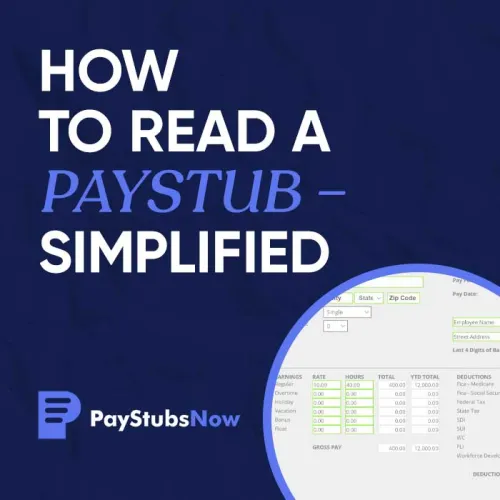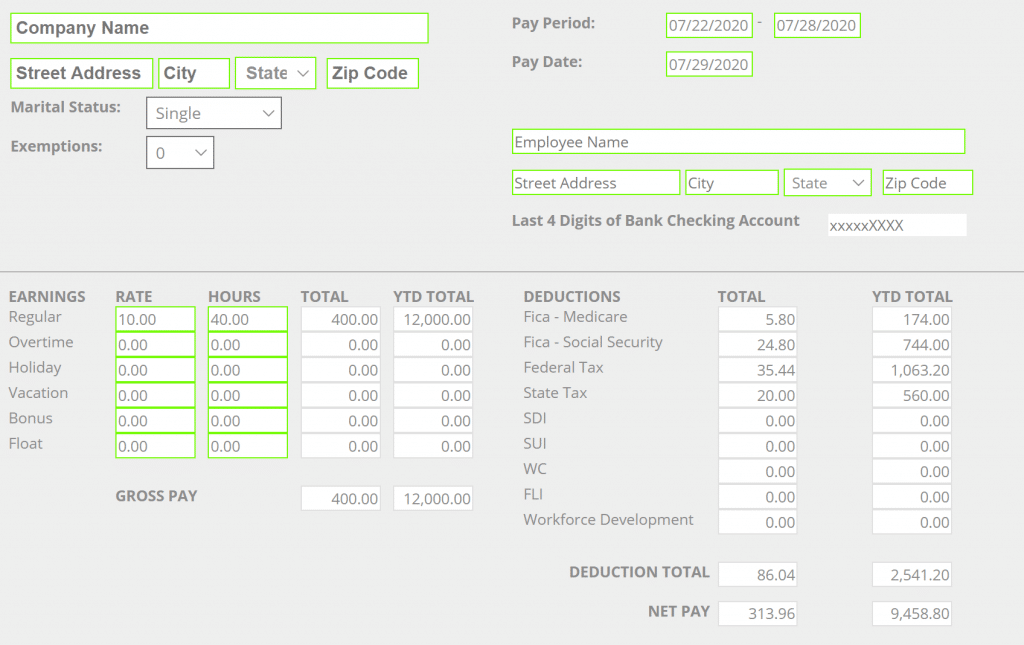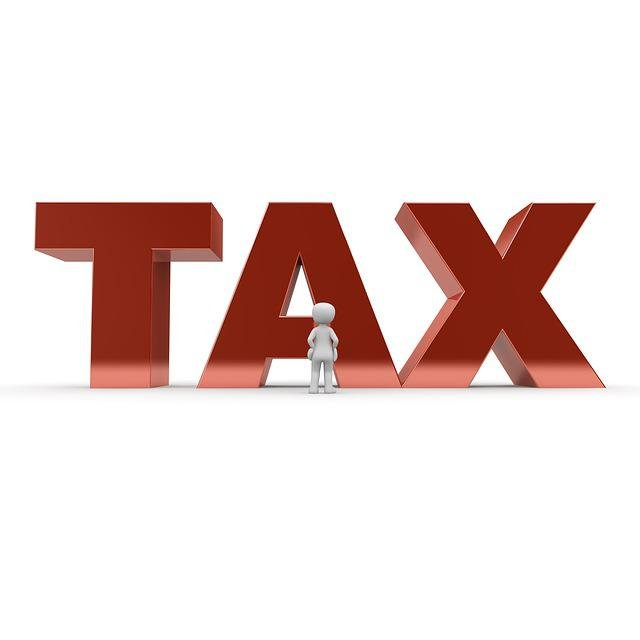


Reading pay stubs can be complicated if it is your first paycheck, especially during tax season when understanding federal income taxes and state income taxes is crucial. It is easy and common practice to just take a look at the bolded numbers, see how much your take-home is, and that's it.
This is why we have created an abridged and simplified version of how to read a paystub and how a pay stub shows details of employees' pay, including health savings account contributions and retirement plans.
With this article, you can now understand the otherwise technical jargon on your pay stubs, including state taxes, employee benefits, and hours worked by hourly employees during the pay period. If you are yet to know what a paystub is, you can read the basics of pay stubs.
Every employee who receives a paycheck from their employer must read a pay stub to understand details like federal taxes, state taxes, and employee benefits.
Why? Making sure you are not only receiving the money to which you are entitled but also paying the appropriate amount of taxes is crucial. Checking this information is even more important because fewer people are receiving actual paychecks due to the rising prevalence of direct deposit.

There are often loads of deductions labeled all over a paystub. This gives you a clear picture of why your paycheck is as it appears. With these inclusions, you can track what you are paying for federal income taxes, state taxes, prescription drugs coverage, and health care services.
It is also your responsibility as an employee to report inaccuracies on your pay stubs, especially if they impact employee benefits or federal income taxes during the busy tax season.
The last thing you want is to find an error on your last pay stub that has spanned over several pay periods, affecting many employers and most employees. This is why understanding how to read a paystub is very important.
Other than basic information such as employee name and ID and social security number, below is a breakdown of everything you will typically see on a paystub and what they mean.
The first figure on your pay stub is often the hourly rate for hourly employees or salary for full-time employees, showing the amount earned in the current pay period. This figure is the easiest to comprehend.
Whether you are a salaried employee or an hourly worker will determine what you most likely see in this area. The number of hours you worked during the pay period and your hourly rate will be mentioned if you are paid by the hour. Also possible are overtime hours. If you receive an annual salary, you will see your pay period compensation as well as any potential bonuses.
This is the period for which you are being paid and the date payment was made. This allows you to keep a detailed record of your earnings should you need to go back to them.
This is how much employees earned before deductions like federal taxes, state income taxes, and contributions to their health savings account are taken out.
YTD is an acronym for year-to-date. You will find this in almost any paystubs. It is a summary of your gross income, net incomes, and deductions from the start of the year till the present.
Also known as your take-home-pay, this is the amount of money deposited into your bank account after deductions for federal taxes and state taxes have been made.

Your taxes that you have paid are included in another part of your paycheck. Due to the many taxes that different persons are required to pay, this section to read a paystub is frequently the most difficult. Your tax burden is greatly influenced by your residence, number of dependents, and place of employment. Your taxes could be impacted if your place of employment is not in the same state as your place of residence because different states have different tax rates.
Amount deducted per period for federal income tax. This saves you the hassle of having a large tax bill on your hand.
The idea behind federal income tax is that a portion of your annual income is withheld by the government. For any individual, it can be incredibly challenging to compute that proportion.
This is the fundamental calculation: The federal government receives information about your annual pay from your employer as well as the number of dependents you list on your W-4 form.
Following that, the Internal Revenue Service (IRS) determines an estimate of the amount of federal income tax you should pay for a specific year and divides it by the anticipated number of paychecks (generally 12, 24, or 26). Then they will take this sum out of each paycheck. Hourly workers go through the same procedure; if you are paid hourly, your employer will make an estimation.
A social security tax deduction is a part of the Federal Insurance Contributions Act (FICA). It provides benefits for the disabled and retired workers. You and your employer contribute to this cause. Your social security tax shows your deducted share.
This is a deduction made for medicare tax. If you aren't familiar with the concept, Medicare is an insurance program for people who are 65 or older, people with permanent kidney disease, and certain younger people with disabilities.
Not all states have income taxes. For those that do, your state income tax is deducted by your employer per period. This saves you from paying a large sum when you file your tax return.

In addition to the taxes you are paying, most paychecks will also include other deductions that will lower your take-home pay. These might be covered under the tax-related section. It's hard to list every one of them, just like with taxes. However, it's important to comprehend each deduction indicated on your paycheck. It is usually preferable to talk with your employer if any part is confusing. Some of the most common are listed below:
SDI is a state deduction on your overall paycheque. This deduction is used to provide temporary support for state workers who have lost their jobs. As a state tax, this deduction is restricted to only some states.
Your insurance contributions will appear on each paystub if your company offers insurance. When an entry is marked as "pretax," it means you are purchasing the insurance before paying taxes and won't be required to do so. It's crucial to understand the sorts of insurance you are paying for because terms designated "insurance" on your paycheck might refer to a wide range of goods, including medical, dental, life, disability, and other types.
Also called temporary disability tax (TDI) in some states. This is also a state deduction restricted to a few states. This deduction is used to help fund short-term disability benefits for workers who become disabled.
Family leave insurance popularly inscribed as FLI on your paystub is a mandatory withheld deduction. However, it is part of state deductions and does not apply to all states or employers.

Programs like health savings accounts (HSAs) and flexible spending accounts (FSAs) let people with health insurance set aside money for certain medical bills. For those who have a high-deductible health plan, HSAs were created (HDHP).
You can use the funds you contribute to an HSA or FSA tax-free to cover some unexpected out-of-pocket medical expenses. Your account contributions will also appear on your paycheck if you are signed up for one of these programs.
Making a contribution to a retirement plan is a pretty typical pay stub deduction. These can include 401(k)s, standard IRAs, Roth IRAs, and SEP IRAs. You must decide how much of your pre-tax income you want to contribute when you enroll in a retirement plan. Additionally, this sum is withheld from your compensation.
Paystubs have different requirements across different states. If there are inaccuracies on your paystub or you see something you don't understand, contact your payroll provider. This could be the accounting department in your firm or employer. You can also find the best paystub generator to read a paystub.